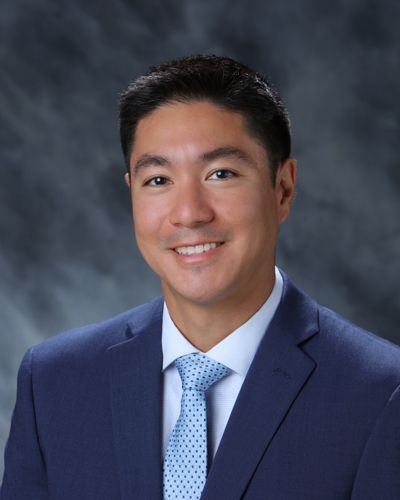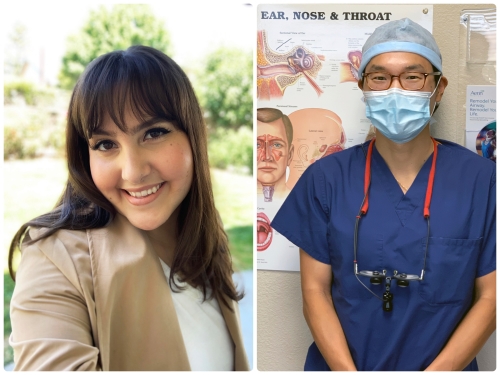
Our Services
Diagnostic and Evaluation Tools
Sleep Conditions & Treatment
- Hyoid Suspension
- Lateral Pharyngoplasty
- Obstructive Sleep Apnea
- Sleep Apnea Treatment
- Turbinate Reduction Surgery
Sinus Conditions & Treatment
Facial Plastic & Reconstructive Surgery
- Eyelid Surgery – Blepharoplasty
- Face Lifts – Rhytidectomy
- Forehead (Brow) Lift
Ear Conditions & Treatment
Head and Neck Conditions & Treatment
-
ENT/Otolaryngology ENT, Otolaryngology 2557 Mowry Ave.
Suite 30
Fremont, CA 94538
(510) 248-1590 More Information
View All
/




